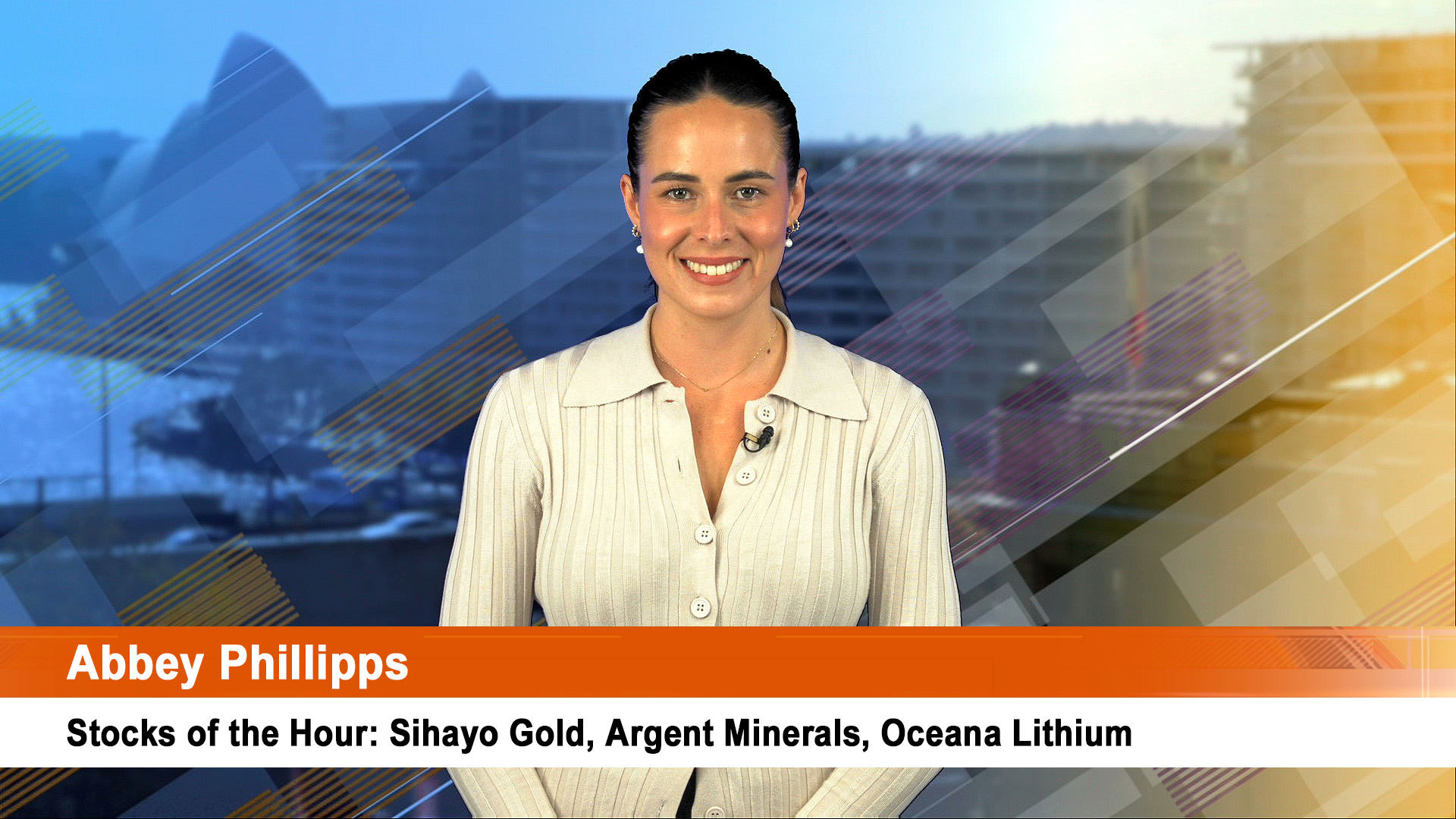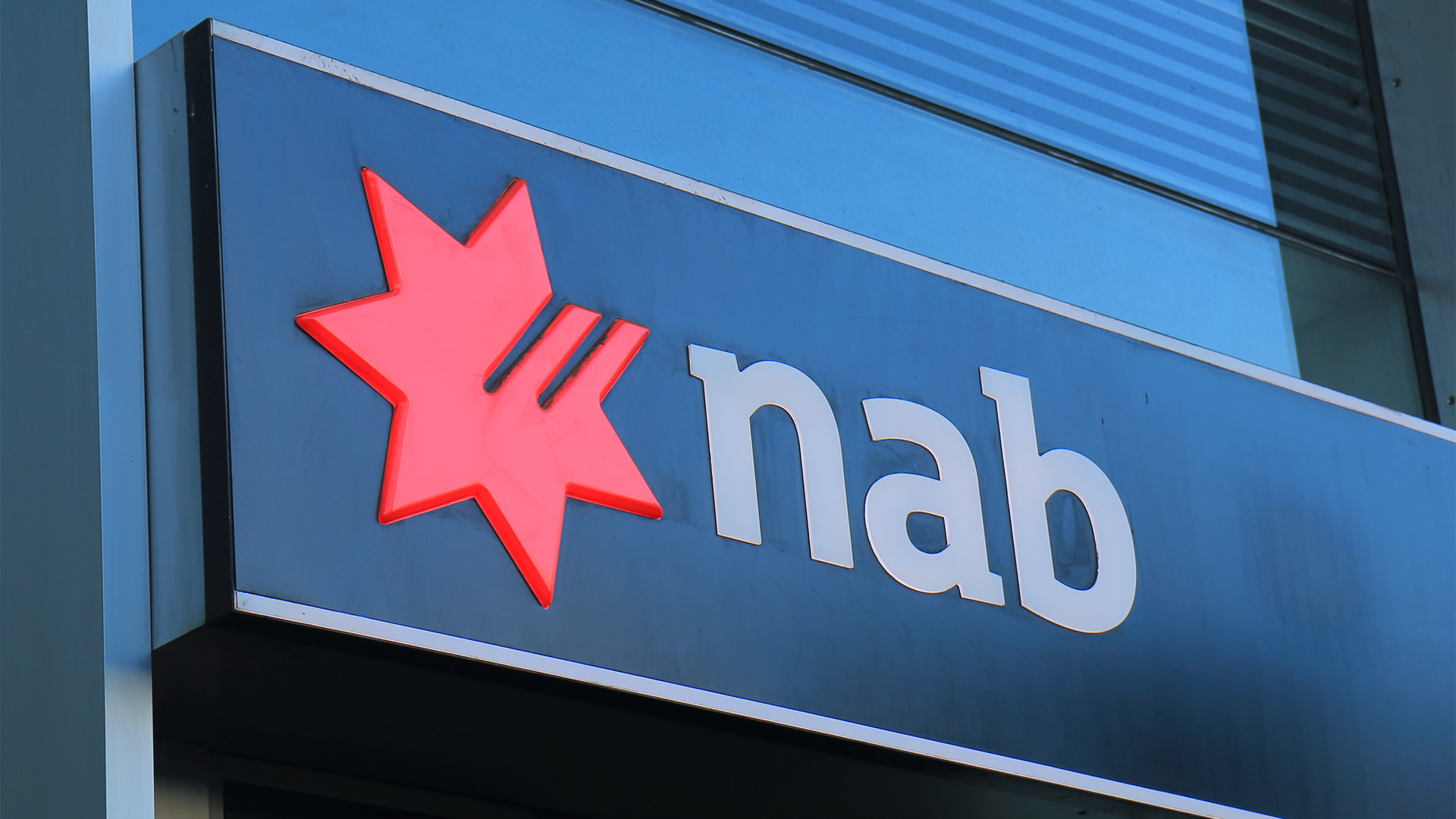Not a very happy New Year at all – despite the blockbuster US December jobs report on Friday, it was the worst start to a year ever for the key S&P 500 index.
And locally it looks like starting the second week of 2016 in a similar vein after a big slide in futures trading early Saturday morning, our time.
The Aussie dollar slid under 70 US cents and closed at 69.53 US cents, for a solid loss over the week of 3.5 cents, or more than 4.5%.
Iron ore was mixed, gold rose, but oil prices had another terrible week, shedding 10% or more in value to continue to big slide seen from late November.
Globally MSCI’s global stock index lost 0.8% on Friday and more than 6% for the week, the biggest fall for more than four years. It was also the worst start to a year globally since 1994.
The S&P 500 fell 6% over the first week of 2016, which was also the worst week for the world’s key stockmarket measure in more than four years, thanks to those continuing worries about China’s economy and markets which dominated the first week of the new year.
On top of that fall, the Dow lost 6.2% and the Nasdaq Composite slumped 7.3%. It was the worst start to a year for the Dow since 1897, according to Reuters.
It was a similar experience across Europe and Asia and Bloomberg estimates the loss in market value this week was well close to $U2.8 trillion by Friday.
That December jobs report – showing a massive 292,000 new jobs being created last month and 51,000 more for November and October, failed to have anything but a temporary positive impact on early trading in US markets on Friday night.
The jobs report, rising evidence of more people looking for work, and weak wage growth failed to rescue US markets from the week’s slump as Wall Street fell away in late trading.
That sharp sell-off in the final hour of trading early Saturday saw Wall Street plunge back into the red for the day and that saw our futures market slide as well.
As a result, our market is looking at a sharp, 80 point fall at the opening later this morning as a result of that late sell off on Wall Street.
That was after the local market lost 5.8% last week – it would have been closer to 7% had not the losses been trimmed in a rebound on Friday afternoon.
On Friday, the S&P 500 closed down 21.08 points, or 1.1%, the Dow dropped 167.65 points, or 1%, to 16,346.45 after being up 50 points with two hours to go.
And the Nasdaq Composite ended the day down 45.80 points, or 1%, at 4,643.63. It was the longest losing streak for the tech-heavy index since November 2011.
In Europe, the Stoxx Europe 600 index dropped 1.5% to close at 341.35, and was down 7.2% slide over the week. That was the biggest weekly fall since early August 2011.
Germany’s DAX 30 index was hardest hit among major European indexes last week. It ended with an 8.3% weekly slide, largest since August 2011. It dropped 1.3% to 9,849.34on Friday.
France’s CAC 40 index lost 1.6% to 4,333.76, pushing the weekly loss to 6.5% and the FTSE 100 index in London lost 0.7% to 5,912.44 and ended the week down 5.3%.
In Asia, markets were heavily influenced by the slide in China and the inept handling of the weakness by regulators.
China’s Shanghai Composite Index rose 2% on Friday, but sank 9.7% over the week to 3,186.41 on Friday.
In Hong Kong, the Hang Seng Index eased 0.6% on Friday, but slumped 6.7% to 20,453.71. For both The Chinese and Hong markets they were the biggest falls since mid-August last year in the last bout of market instability.
In Tokyo, Japan’s Nikkei 225 Index dropped 0.4% on Friday and lost a nasty 7% over the week to 17,697.96, the worst weekly percentage drop since early September. The Nikkei is down in five out of the past six weeks.
The Australian market closed 0.39% lower on Friday at 4990.8 for the ASX 200, a three-week low. That was a loss of 5.76% for the week, which was also its worst weekly performance since September 2011 and its 11th-worst week on records going back to 1992.
Friday was also the sixth-straight day of declines for the ASX 200.
The 5.76% drop ranks as the worst five-session start to a calendar year going since 1992. It was only the second time the index has fallen on each of the first five days: the other year was 1995.
BHP plunged 8.4% for the week to $16.35 and Rio Tinto shed 6.3% to $41.90. Telstra lost 5.5% to $5.30.
The banks also had a rough week: Westpac lost 7.6% to $31, the NABF slid 8.2% to $27.72, the Commonwealth Bank lost 7.1% to $79.42 and the ANZ was the biggest loser among the big four, falling 8.5% to $25.54.













